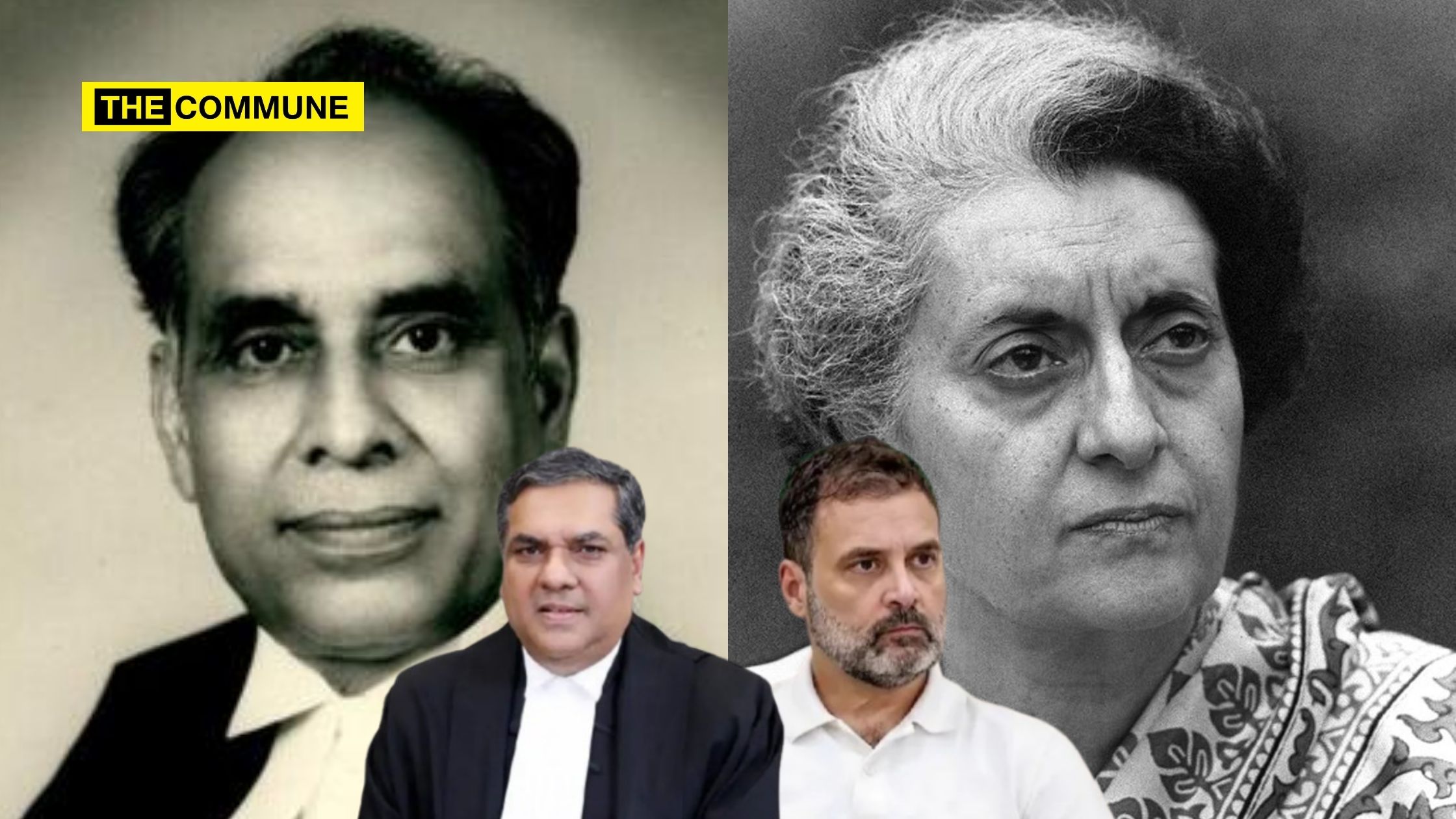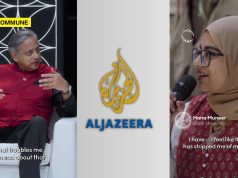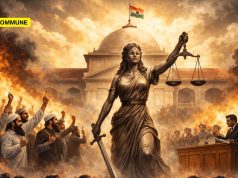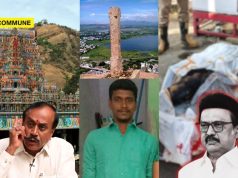
Justice Sanjiv Khanna’s recent elevation to the position of Chief Justice of India (CJI) and LoP/Congress scion Rahul Gandhi’s skipping of the oath-taking ceremony have reignited memories of a tumultuous chapter in Indian judicial history. The new CJI’s uncle, Justice Hans Raj Khanna, famously dissented in the ADM Jabalpur case during the 1975 Emergency imposed by then-Prime Minister Indira Gandhi. Many see Justice Sanjiv Khanna’s appointment as completing a historic arc, affirming the judiciary’s integrity, which his uncle passionately defended nearly half a century ago.
Emergency And The ADM Jabalpur Case
On 25 June 1975, Prime Minister Indira Gandhi declared a state of Emergency across India, citing “internal disturbances.” During this period, civil liberties were suspended, political opponents were detained without trial, and the media was severely restricted. Under the controversial Maintenance of Internal Security Act (MISA), thousands of political dissidents were arrested, and citizens’ fundamental rights were effectively nullified.
A pivotal moment came when citizens detained under the Emergency filed habeas corpus petitions, questioning the legality of their detention. These cases culminated in the ADM Jabalpur vs. Shivkant Shukla case (commonly referred to as the Habeas Corpus Case). The case presented a fundamental question: could citizens approach the courts for relief when their fundamental rights were suspended?
SC’s Divisive Ruling And Justice HR Khanna’s Dissent
A five-judge bench, including Chief Justice A.N. Ray, Justices M.H. Beg, Y.V. Chandrachud, P.N. Bhagwati, and Justice Hans Raj Khanna, was assembled to decide the case. Four judges sided with the government, ruling that citizens had no legal recourse during the Emergency, even if unlawfully detained. However, Justice HR Khanna stood as the lone dissenter, asserting that the right to life and personal liberty could not be taken away, even under Emergency conditions.
Justice Khanna’s dissent became a symbol of judicial courage. He famously wrote, “Detention without trial is an anathema to all those who love personal liberty. The Constitution is not a mere parchment of paper; it is a way of life.” His dissent underscored the importance of individual rights over state power, even under extraordinary circumstances.
In anticipation of the political backlash he might face, Justice Khanna confided in his sister, stating, “I have prepared my judgment, which is going to cost me the Chief Justiceship of India.” True to his prediction, when Chief Justice A.N. Ray retired in 1977, Justice Khanna was bypassed for the top position in favor of Justice M.H. Beg, who had ruled in favor of the government. Disillusioned by the government’s interference in judicial appointments, Justice Khanna resigned in protest.
Political Repercussions And Resurgence Of Civil Liberties
The Indira Gandhi government’s actions during the Emergency, including the handling of the ADM Jabalpur case, exposed the judiciary to intense political influence, raising serious questions about judicial independence. The controversial decision not to elevate Justice Khanna as CJI was seen as a reprisal for his dissent, sparking outrage and concerns about executive overreach in the judiciary. In 1977, after the Emergency ended and Indira Gandhi’s government fell, the new Janata Party government sought to undo many of the repressive policies implemented during the Emergency. Justice Khanna was invited to head an inquiry into the Emergency’s excesses but declined, citing the impossibility of maintaining neutrality given his opposition to Gandhi’s policies.
Justice Khanna continued to advocate for judicial integrity. He briefly served as Union Minister of Law and Justice but resigned within three days. In 1982, he was nominated as a combined opposition candidate in the presidential election, ultimately losing to Zail Singh. He remained an iconic figure in India’s legal history, noted for his unflinching commitment to civil liberties.
Legacy And Historic Reversal In 2017
Justice Khanna’s dissent hailed as a rare display of judicial fortitude, continued to resonate. It wasn’t until 2017, in the landmark Puttaswamy case, that the Supreme Court explicitly overruled the ADM Jabalpur judgment, affirming the primacy of personal liberty and the right to life over state-imposed limitations. The Court acknowledged the errors of 1976 and validated Justice Khanna’s stance, finally enshrining the right to life and liberty as inalienable, regardless of circumstances.
Justice Sanjiv Khanna Becomes The 51st CJI: Symbolic Justice
On 11 November 2024, Justice Sanjiv Khanna took the oath as the 51st CJI, a role denied to his uncle nearly five decades ago. For many, his appointment signifies poetic justice and a “course correction” that honors Justice HR Khanna’s legacy. As CJI, Sanjiv Khanna inherits his uncle’s profound dedication to judicial independence and personal liberty.
The appointment stirred responses across the political spectrum. Notably, Rahul Gandhi, Leader of the Opposition in the Lok Sabha, was absent from the oath ceremony, fueling speculation about a lingering family rift over Justice Khanna’s dissent during the Emergency. Rahul Gandhi’s absence was seen by some as symbolic of the Congress party’s strained historical legacy regarding judicial independence.
In an era where “constitutional values” are often championed by opposition leaders, observers suggest that today’s Congress should confront its own role in subverting judicial autonomy during the Emergency. For those who admire Justice HR Khanna’s principled stand, the ascension of his nephew to India’s highest judicial post marks a tribute to a legacy of integrity that endured against formidable odds.
Today, Justice HR Khanna’s portrait graces Courtroom 2 of the Supreme Court—where his nephew, Justice Sanjiv Khanna, began his career. The historical injustices of the ADM Jabalpur case and the Emergency era serve as potent reminders of the judiciary’s responsibility to uphold constitutional freedoms and resist political pressures.
(With inputs from India Today)
Subscribe to our Telegram, WhatsApp, and Instagram channels and get the best stories of the day delivered instantly.




